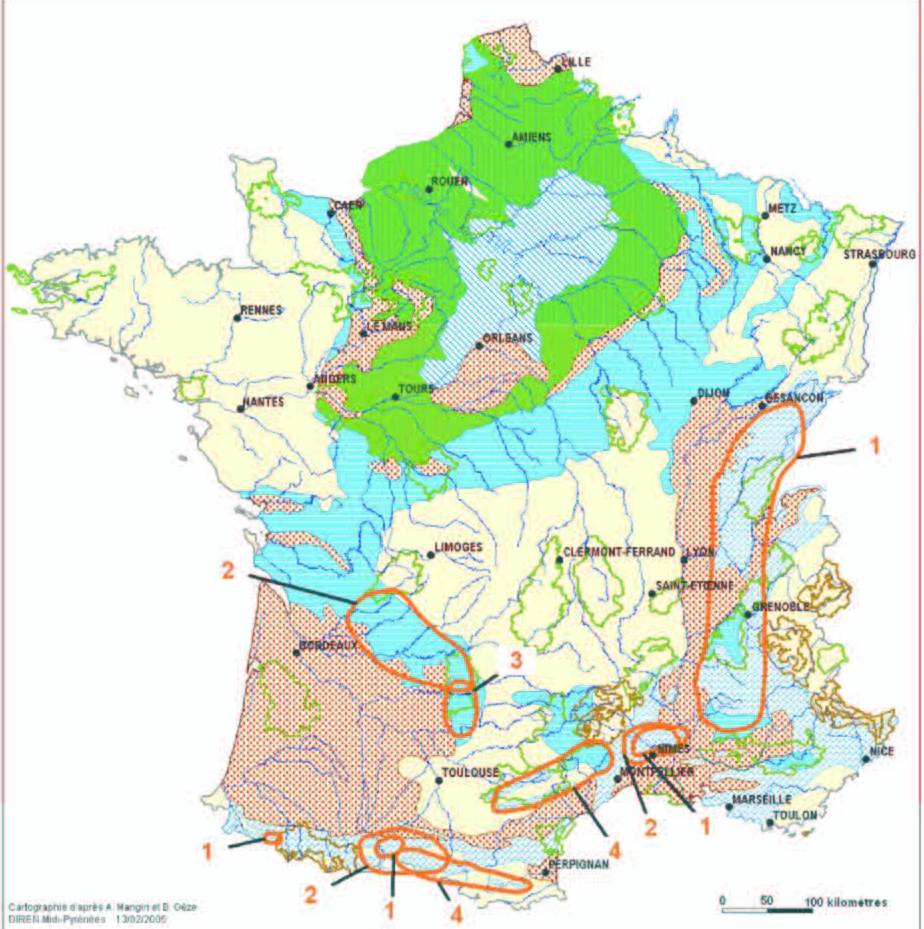Karst in France and UNESCO World Heritage
DOI:
https://doi.org/10.3986/ac.v37i1.161Povzetek
FrenchKarst covers the third of the territory. Because calcareous deposits date back to the Cambrian and are now located in tabular region as well as in tectonic areas, Frenchkarst is famous for its diversity. Large karst landscapes are well known, suchas Les Grands Causses, the Gorges du Tarn and the Gorges du Verdon. Resurgences suchas the Vaucluse Fountain and the spring of the Lez are very famous too. Karstic units can show very large dimensions: 400 km for the six hydrological networks of the Pierre Saint-Martin, 104 km for the Arbas Mountain. Maximum depths can reachhighrecords, at Pierre Saint Martin, Berger Cave, Jean Bernard Cave and recently Mirolda Cave was acknowledged to reach1733-meter depth.
Studies proceeded during the last century have revealed an important cave fauna. Considering the heritage value of Frenchkarst, the key point is not only the presence of more than 160 decorated caves from Palaeolithic period but also the number of caves showing concretions. Moreover, a rare phenomenon has to be underlined: in Ariege, the Intermittent Fontestorbes Spring is the most regularly and completely studied resurgence in the world. This amount of exceptional features for these caves commands to organise studies and programmes to establishconditions of a good conservation of this heritage for the next generations.
Prenosi

Prenosi
Objavljeno
Kako citirati
Številka
Rubrike
Licenca
Avtorji jamčijo, da je delo njihova avtorska stvaritev, da v njem niso kršene avtorske pravice tretjih oseb ali kake druge pravice. V primeru zahtevkov tretjih oseb se avtorji zavezujejo, da bodo varovali interese založnika ter da bodo povrnili morebitno škodo.
Podrobneje v rubriki: Prispevki




